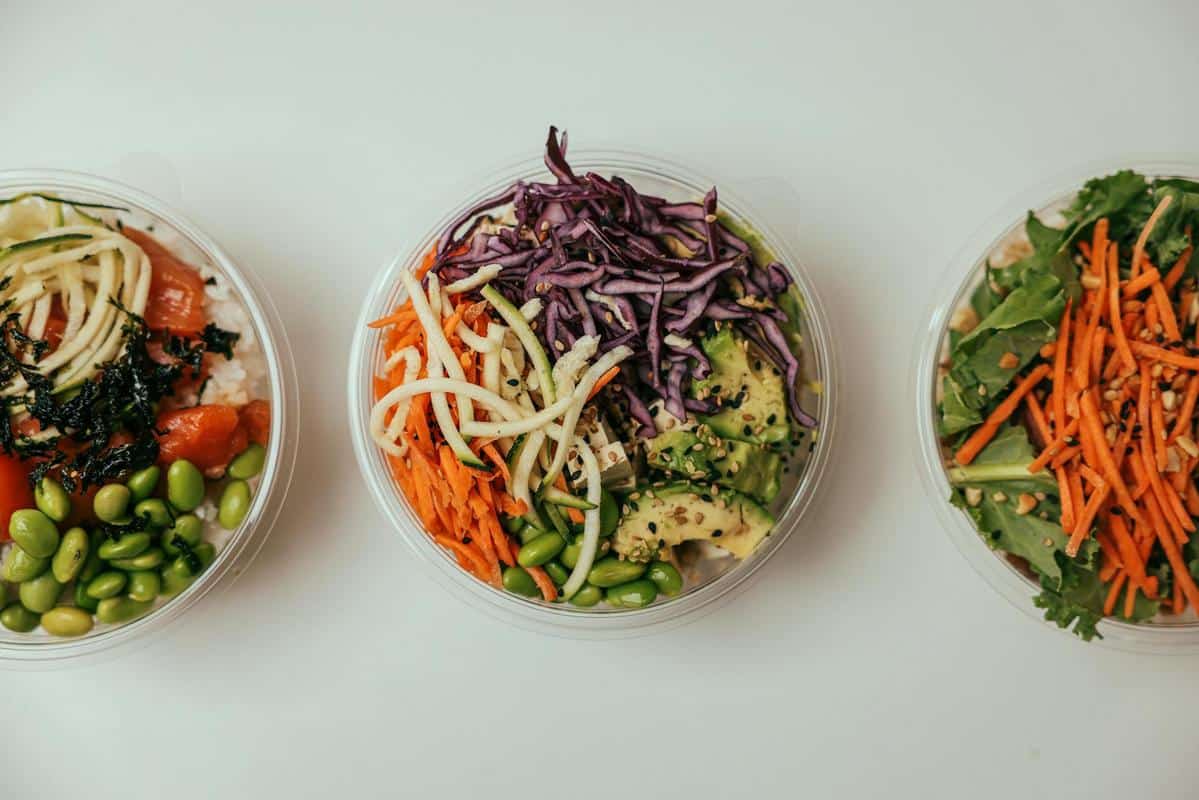
The Rise of Plant-Based Diets: Benefits and Challenges
As more individuals embrace healthier lifestyles, plant-based diets have surged in popularity, offering a multitude of benefits alongside certain challenges.
The Rise of Plant-Based Diets
In recent years, the shift towards plant-based eating has gained remarkable traction. This transition isn’t just a fleeting trend; it’s a movement backed by growing awareness of health, environmental, and ethical considerations. A plant-based diet primarily focuses on foods derived from plants, including fruits, vegetables, nuts, seeds, oils, whole grains, and legumes.
Benefits of Plant-Based Diets
Plant-based diets are celebrated for their numerous health benefits. According to a study published by the American Journal of Clinical Nutrition, individuals following plant-based diets often exhibit lower risks of heart disease, hypertension, and type 2 diabetes. Additionally, these diets tend to be rich in essential nutrients, providing an abundance of vitamins, minerals, and fiber.
Dr. Michael Greger, a renowned nutrition expert, highlights that “a well-planned plant-based diet can be nutritionally adequate for all stages of life, including pregnancy and childhood.”
Moreover, plant-based diets have a significantly lower environmental impact. A report by the United Nations suggests that reducing meat consumption could cut global greenhouse gas emissions by more than 70%.
Challenges of Adopting Plant-Based Diets
While the benefits are substantial, transitioning to a plant-based diet can present challenges. One common concern is ensuring adequate protein intake. However, plant foods like lentils, chickpeas, and quinoa are excellent protein sources. It’s essential to plan meals carefully to maintain nutritional balance.
Another challenge is the social aspect. Dining out or attending social events might require extra effort to find suitable options. Communicating dietary preferences in advance can help mitigate this issue.
Actionable Tips for a Successful Transition
- Start gradually by incorporating more plant-based meals each week.
- Experiment with new recipes to keep your meals exciting and varied.
- Consult with a nutritionist to ensure you’re meeting all your nutritional needs.
Comparison Table of Nutritional Content
| Food | Calories | Protein (g) | Fiber (g) |
|---|---|---|---|
| Chickpeas | 164 | 8.9 | 7.6 |
| Quinoa | 120 | 4.1 | 2.8 |
| Lentils | 116 | 9.0 | 7.9 |
| Tofu | 144 | 15.0 | 1.0 |
| Black Beans | 227 | 15.2 | 15.0 |
| Spinach | 23 | 2.9 | 2.2 |
| Almonds | 164 | 6.0 | 3.5 |
| Broccoli | 55 | 3.7 | 5.1 |
Frequently Asked Questions
Can a plant-based diet provide enough protein?
Yes, with careful planning, plant-based diets can provide sufficient protein through legumes, nuts, seeds, and soy products.
Is a plant-based diet suitable for children?
It can be, but it’s important to ensure they receive all necessary nutrients. Consulting a pediatric nutritionist is advisable.
Are plant-based diets more expensive?
While some specialty products might be pricey, many plant-based staples like beans and grains are cost-effective.
Conclusion
The rise of plant-based diets is a testament to the growing interest in health and sustainability. While there are challenges, the benefits of adopting a plant-based lifestyle are compelling. By approaching this transition mindfully, anyone can enjoy the advantages of a plant-based diet and contribute to a healthier planet. Explore more about plant-based nutrition and discover delicious recipes to enhance your journey towards a more sustainable lifestyle.


